Veterinary student debt relief
Approximately 80% to 85% of veterinary students take out loans to cover their education and living expenses while in veterinary school, and according to the American Veterinary Medical Association (AVMA), the average student loan debt for veterinarians is $183,302. Student debt-to-income ratios commonly exceed two to one, and repaying these loans can be a significant burden for veterinarians, creating considerable financial and mental stress. However, veterinarians can help mitigate their financial burden by applying for loan forgiveness or repayment. Learn about available programs and how to determine your eligibility.
Veterinary Medicine Loan Repayment Program
The National Veterinary Medical Services Act (NVMSA) was passed in January 2003 and finalized in 2010, establishing the Veterinary Medicine Loan Repayment Program (VMLRP). This program authorizes the Secretary of Agriculture to help qualified veterinarians offset their student loan debt in return for providing their services in high-priority veterinary shortage situations for a determined time period. Veterinary shortage areas include geographical areas that the Secretary of Agriculture determines have a veterinary shortage. Program participants may also cover veterinary practice shortage areas such as food animal medicine, public health, epidemiology, and food safety. If a veterinarian commits to at least three years in a designated veterinary shortage area, the National Institute of Food and Agriculture (NIFA) may repay up to $25,000 of their student loan debt per year, limited to principal and interest payments, on government and commercial loans a student received for attending an accredited college of veterinary medicine.
Since VMLRP was established, NIFA has received 2,061 applicants and granted 795 awards. In 2022, the organization paid nearly $9 million to 89 veterinarians to help alleviate their educational debt load. Unlike similar programs that support professionals who provide health care to humans, VMLRP awards are federally taxed, equating to 39% of the annual congressional appropriation to the VMLRP. The AVMA and U.S. Representatives from Nebraska, Connecticut, Minnesota, and California are looking to eliminate the tax through the Rural Veterinary Workforce Act to maximize VMLRP funding.
Public Service Loan Forgiveness
Public Service Loan Forgiveness (PSLF) is administered by the U.S. government to forgive the remaining debt on eligible loans for veterinarians who work at least 10 years in public service or the nonprofit sector. To qualify for loan forgiveness, a veterinarian must meet strict requirements:
- Employment — PSLF is intended for government employees and veterinarians who work for a 501(c)(3) nonprofit organization. The individual must work at least 30 hours a week to satisfy the PSLF’s job requirement.
- Loan type — PSLF can only forgive direct government loans. Therefore, if you consolidate a direct government loan into a private loan, it no longer qualifies for forgiveness through the PSLF program.
- Payment — To be eligible for PSLF, a veterinarian must make 120 on-time payments in a qualifying repayment plan such as an income-driven repayment plan (IDR). The payments don’t have to be consecutive, but they do need to be scheduled.
PSLF is notoriously difficult to receive. However, in 2021, the Department of Education announced it was taking action to overhaul the program to improve the application process and provide immediate debt relief for qualified veterinarians.
Federal Faculty Loan Repayment Program
The Federal Faculty Loan Repayment Program (FFLRP) is administered by the U.S. Department of Health and Human Services and provides loan repayment assistance, up to $40,000, to faculty members from economically and environmentally disadvantaged backgrounds who have eligible health professional degrees and serve at eligible academic institutions. This program’s goal is to decrease economic barriers associated with pursuing an academic career. Veterinarians awarded assistance must agree to serve on the faculty of an accredited health professions college or university for at least two years. Participants may also receive matching funds from their employing educational institution.
State-funded programs
Some states offer loan repayment or forgiveness programs for veterinarians. Participating states include:
- Arizona — The Arizona Veterinary Loan Assistance Program awards up to $100,000 in loan assistance to veterinarians who work in Arizona for at least four years. They also must agree to work full-time in an agricultural practice in an area that has a veterinary shortage or a nonprofit, county, or municipal shelter for at least two years.
- Colorado — Colorado’s Rural Education Loan Repayment Program provides up to $90,000 over a four-year period for eligible veterinarians. Requirements include graduating from an accredited college of veterinary medicine, living in Colorado for at least three years, and agreeing to practice veterinary medicine for up to four years in a rural area of the state that has a veterinary shortage. The program rewards up to six applicants each year.
- Iowa — The Rural Iowa Veterinarian Loan Repayment Program awards up to $60,000 to veterinarians who work full-time for four consecutive years in an area such as Veterinary shortage area — Iowa counties designated by the U.S. Department of Agriculture as having a veterinary shortage. Rural service commitment area — This is an Iowa city that has a population less than 26,000 and is located more than 20 miles from a city with a population of at least 50,000. The rural service commitment area must provide a matching contribution equal to 12.5% of a participating veterinarian’s eligible student loan balance to a trust fund held by the state of Iowa that will fund future recipient awards.
- Minnesota — Minnesota’s Rural Veterinarian Loan Repayment Program provides up to $75,000 to eligible veterinarians. To qualify, a veterinarian must agree to serve five years in an eligible position, including: Service must be in Minnesota’s rural areas, which are defined as locations outside Anoka, Carver, Dakota, Hennepin, Ramsey, Scott, and Washington counties, excluding the cities of Duluth, Mankato, Moorehead, Rochester, and St. Cloud. The veterinarian must work at least 30 hours a week for at least 45 weeks each year. The practice must be at least 50% food animal oriented.
- Missouri — Missouri’s Large Animal Veterinary Student Loan Program provides $20,000 for living and educational expenses for six veterinary students per academic year. The students are forgiven $20,000 each year they practice large animal veterinary medicine in a defined area of need.
Veterinary student loan forgiveness or repayment programs such as these offer significant help to veterinarians struggling with student loan debt. Contact your state veterinary medical association to determine whether it offers a loan repayment or forgiveness program.



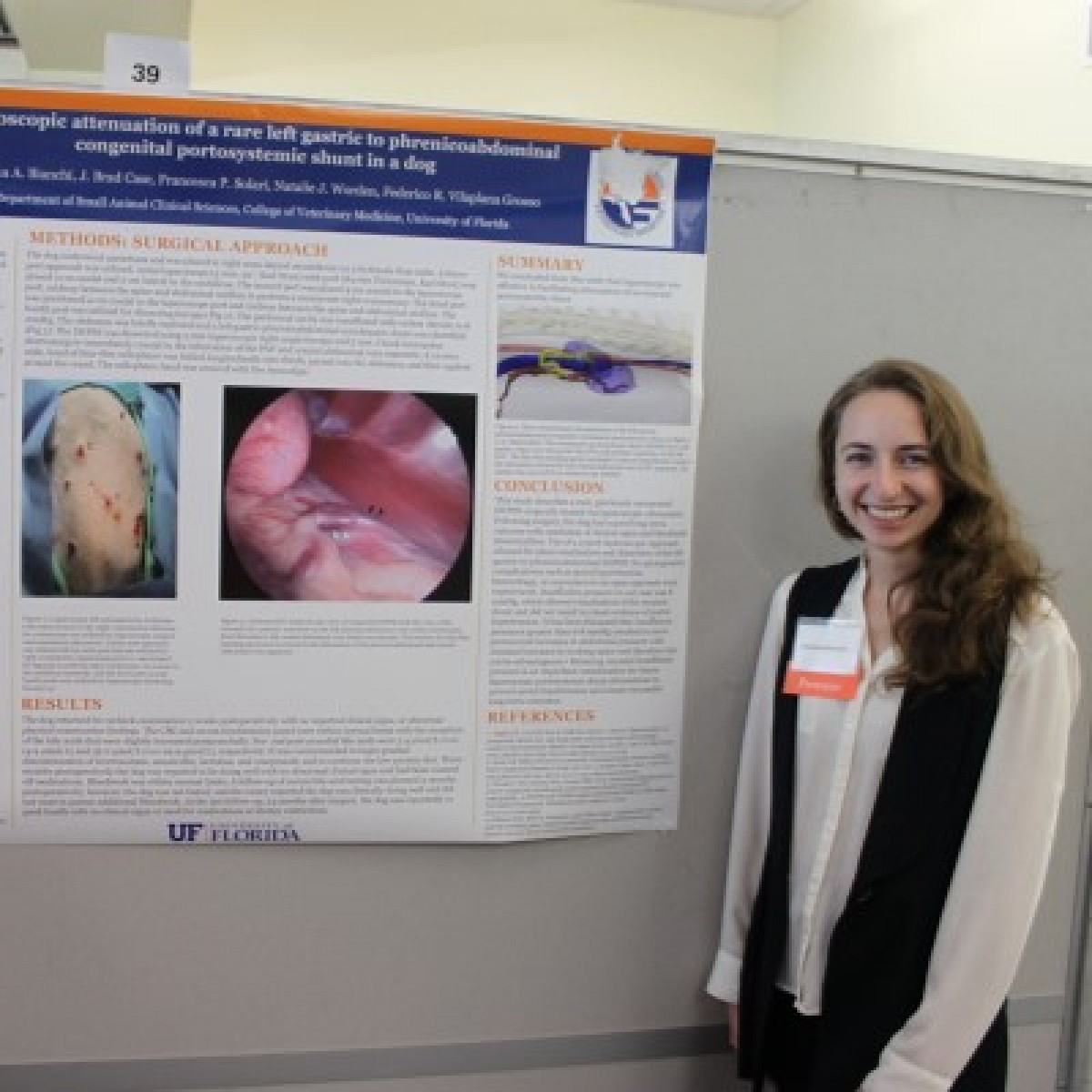


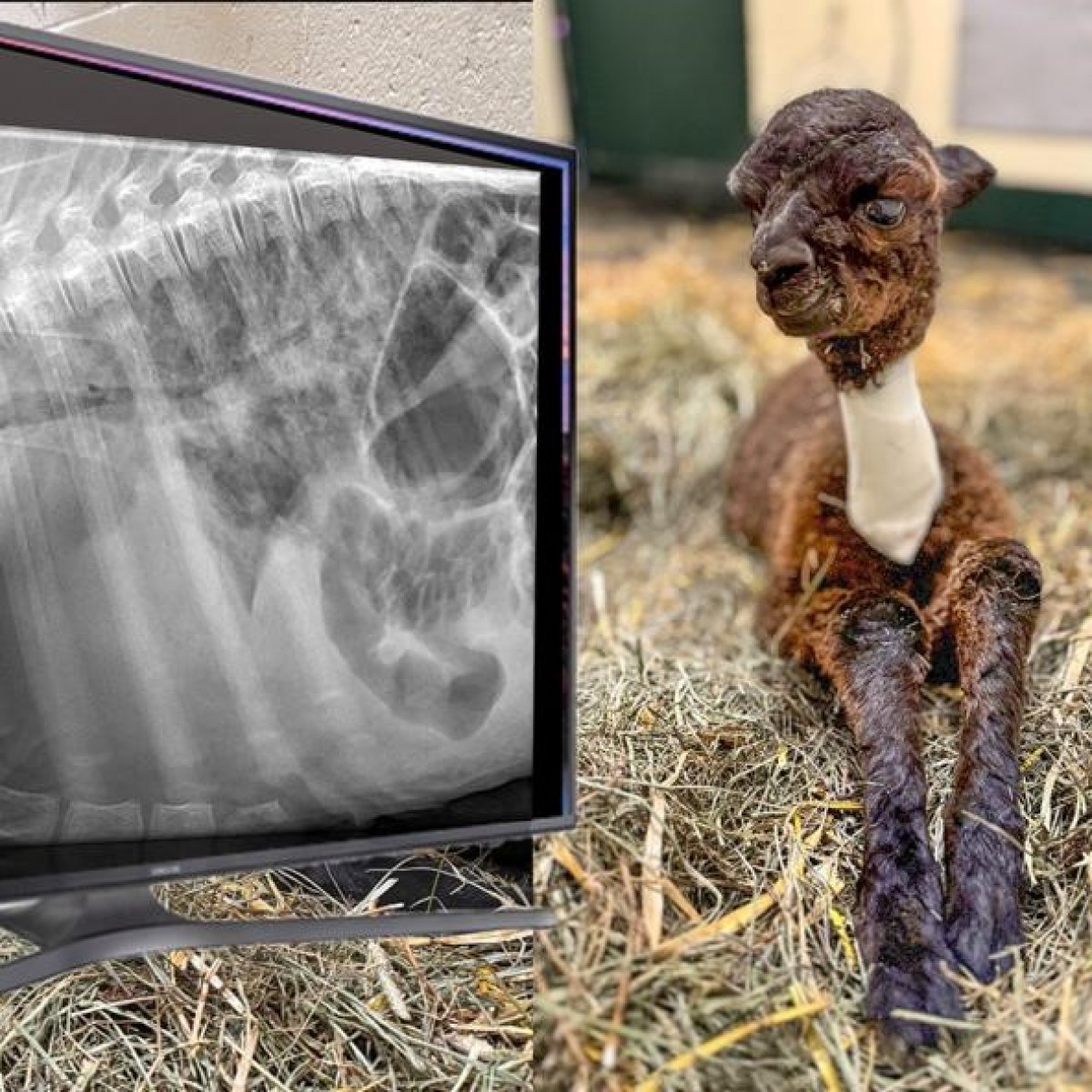

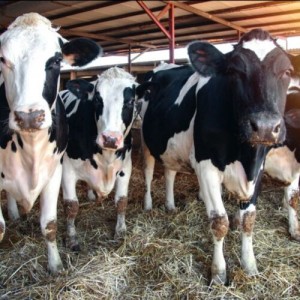
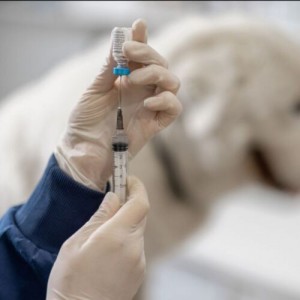
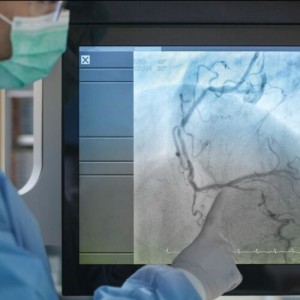
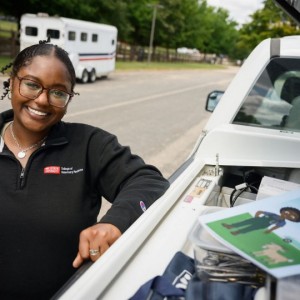
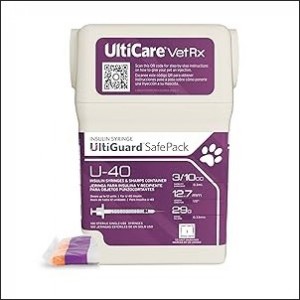

List
Add
Please enter a comment